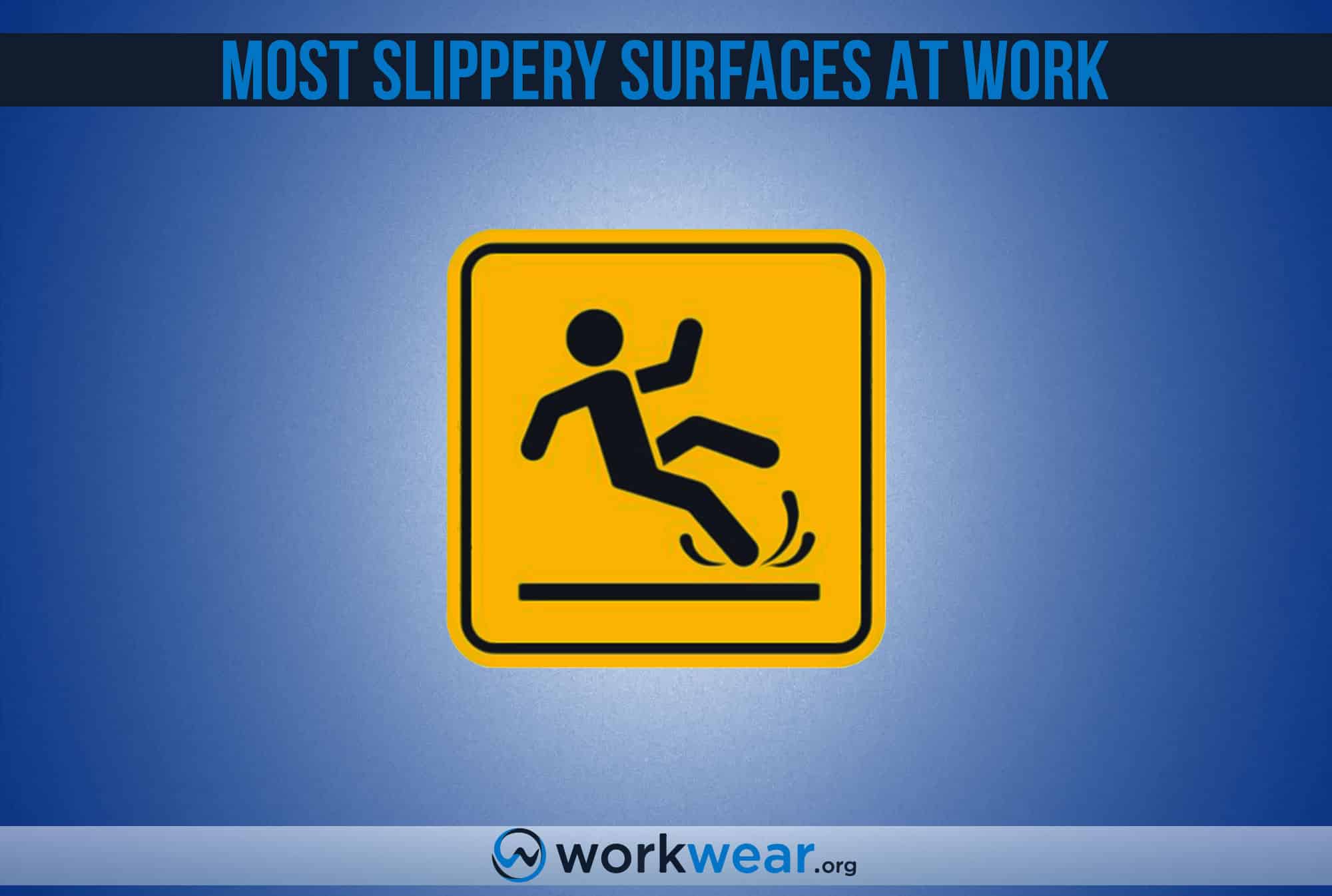Taming The Slippery Noodle: Your Guide To Easier Kitchen Moments
Have you ever found yourself in a bit of a kitchen tussle, trying to wrangle a serving of pasta that just seems to have a mind of its own? That, my friend, is the experience of the slippery noodle. It's a common kitchen challenge, really, when your beautifully cooked pasta decides it wants to slide right off your fork, or perhaps even slip from the pot as you try to drain it. This isn't just a minor annoyance; it can make mealtime a little less enjoyable, and a lot more messy, so you know.
It's a feeling many of us know well, that moment when you're ready to enjoy a warm bowl of spaghetti or ramen, and the strands seem to be coated in some invisible, slick substance. They resist being picked up, they cling together in strange ways, and then they suddenly part, leaving you with an empty fork. This can be rather frustrating, especially after you've put in the effort to cook a nice meal, and it happens to almost everyone, it's almost a universal kitchen truth.
We're going to explore what makes these noodles so elusive and, more importantly, share some simple ways to handle them better. Think of it as a friendly chat about a very common kitchen quirk. We'll look at why they behave this way and offer some straightforward ideas to make your pasta dishes much more manageable, which is something many people want, naturally.
- Cat Black Hole
- Pictures Of Foolio Dead
- Sotomayor Jackson Dissent Biden Parole Program
- Raleigh Capitol Ent
- Saline County Sheriffs Office Arkansas
Table of Contents
- What is "The Slippery Noodle" Anyway?
- Why Do Noodles Get So Slippery?
- Taming The Slippery Noodle: Practical Kitchen Wisdom
- Beyond the Kitchen: "Slippery" in Other Ways
- Common Questions About Slippery Noodles
- Making Mealtime a Breeze
What is "The Slippery Noodle" Anyway?
When we talk about "the slippery noodle," we're really describing that quality of something that just won't stay put. It's that feeling you get when a thing is wet or smooth, making it tough to grab or keep still. As my text explains, something that is slippery is "wet or smooth so that it slides easily or causes something to…," or it's "smooth, wet, or oily and is therefore difficult to walk on or to hold." This description fits our elusive pasta perfectly, doesn't it? A slippery bar of soap, for instance, shares this same trait; it's hard to hold onto, you know.
This characteristic of being hard to hold or manage isn't just about how it feels to the touch. It also speaks to things that are "not easy to understand or identify in an exact way." So, a "slippery noodle" can sometimes refer to a situation or idea that is hard to pin down, much like a wet noodle that keeps slipping from your grasp. It's a rather interesting way to think about things, actually, how a simple kitchen item can describe a broader concept.
In the kitchen, though, "the slippery noodle" is usually very literal. It's about that moment when the pasta is just too slick. It's like trying to catch a fish that's smooth and wet; it just keeps getting away. The tiled floor might be wet and slippery, making it hard to stand on, and similarly, a noodle can become just as challenging to manage on your plate. Motorists are warned about slippery conditions on the road, and we, the home cooks, sometimes face our own version of those conditions right there in the cooking pot, so.
- Bruce Pearl Coaching
- Royal Crest Dairy
- Android 18 Soles
- Blue Mcdonalds Menu
- Sporting Cp Vs Man City Stats
Why Do Noodles Get So Slippery?
There are a couple of main reasons why your noodles might turn into these little escape artists. It's not some kind of magic trick, honestly. It's all about how they're made and how we cook them. Understanding these things can help you make better choices in the kitchen, and that's a good thing, right?
The Starch Factor
Most noodles, whether they are spaghetti, ramen, or rice noodles, are made from some kind of starch. When these starches cook in hot water, they release tiny particles into the water. This creates a starchy film on the surface of the noodles. Think of it like a very thin, somewhat sticky coating that also makes them feel slick. This coating is a big part of why they become difficult to handle, you know, because of that slickness.
This starchy layer is pretty much what makes them "slippery." It's similar to how a wet surface can cause something to slide easily. The starch acts as a kind of lubricant, in a way, making each strand glide against the others, and against your fork. This is a natural part of the cooking process for many types of pasta and noodles, and it's something you often deal with, more or less.
Overcooking's Role
Another common reason for overly slippery noodles is simply cooking them for too long. When pasta gets overcooked, it starts to break down. The structure of the noodle becomes softer, and it releases even more starch into the cooking water. This extra starch makes the surface of the noodles even more slick and sometimes a bit gummy. It's a bit like how something gets mushy when it's cooked too much, and then it just doesn't hold its shape as well, you know?
An overcooked noodle also tends to lose its firm texture, which makes it harder to pick up cleanly. Instead of having a nice bite, it becomes limp and floppy, which just adds to the challenge of keeping it on your plate. So, paying close attention to cooking times can really help you avoid this particular issue, which is something many home cooks find helpful, usually.
Taming The Slippery Noodle: Practical Kitchen Wisdom
So, now that we know why noodles get so slippery, what can we do about it? There are several simple things you can try to make your pasta less of a challenge and more of a delight. These are just everyday tips that can make a difference, you know, for your cooking.
Rinsing or Not Rinsing?
This is a big question for many people. For most Italian-style pasta, you generally don't want to rinse it after cooking. Rinsing washes away that starchy film, which actually helps sauces cling to the pasta. If your sauce can't stick, your meal might taste a bit bland, and that's not what anyone wants, is it? However, for certain Asian noodles, like those used in cold salads or stir-fries, a quick rinse under cold water can be a good idea. This stops the cooking process and removes excess starch, preventing them from sticking together in a big clump, which can be a real pain, honestly.
So, the rule of thumb is: if you're serving with a sauce that needs to stick, don't rinse. If you want individual strands for a cold dish or stir-fry, a quick rinse is perfectly fine. It's a small choice that makes a pretty big difference, you know, in the end result.
The Right Pot Size
Using a pot that is too small for your pasta can make things worse. When noodles are crowded, they release more starch into a smaller amount of water, making the cooking water thicker and the noodles even more slippery. Give your pasta plenty of room to move around and cook evenly. This means using a large pot with lots of water, which helps to dilute the starch and keep the noodles from getting too sticky. It's a simple change, but it really helps, you know, to get a better texture.
Think of it like giving them space to breathe. When they have enough water, the starch can disperse more effectively, and you get a much better outcome. This is a common piece of advice for pasta making, and it's quite effective, actually.
Adding Oil
Some people like to add a splash of oil to their pasta water. The idea is that the oil will coat the noodles and keep them from sticking. While this might help a little with clumping, it can also make the noodles even more slippery, and it can prevent your sauce from sticking properly. So, it's a bit of a trade-off. If you're having trouble with noodles sticking together, a little oil might help, but be aware that it could also make them harder to eat with a fork, which is something to consider, really.
A better approach for preventing sticking, if that's your main concern, is to stir the pasta frequently in the first few minutes of cooking. This keeps the strands separate until they firm up a bit. This method avoids the extra slickness that oil can sometimes bring, which is a good thing, you know, for sauce adhesion.
Serving Strategies
Once your noodles are cooked, how you serve them can also help. If you're adding a sauce, toss the noodles with the sauce immediately after draining. This helps the sauce cling to the pasta before it cools down and becomes too slick. For very slippery noodles, consider using tongs or a pasta fork with long tines. These tools are designed to grip the strands better than a regular fork. Sometimes, just having the right tool makes all the difference, it really does.
Also, don't let your cooked pasta sit around too long before serving. The longer it sits, especially if it's not tossed with sauce, the more likely it is to become a big, slippery mass. Serve it fresh and warm for the best experience. This is a pretty straightforward tip, and it usually works quite well, you know, for maintaining texture.
Beyond the Kitchen: "Slippery" in Other Ways
The idea of "slippery" isn't just for food, of course. My text also talks about how something can be "not easy to understand or identify in an exact way." This means the concept of "slippery" goes beyond just physical objects. Think about a difficult conversation or a tricky problem; those can feel "slippery" too, because they are hard to get a firm grip on, which is something many people experience, sometimes.
For instance, a "slippery argument" is one that's hard to counter because its points keep changing or are vaguely defined. It's like trying to hold water in your hands; it just keeps flowing away. This broader meaning helps us see how language uses everyday experiences to describe more complex ideas. It's a pretty neat way that words work, you know, connecting the simple to the abstract.
So, while we've been talking about pasta, remember that the challenges of "the slippery noodle" can pop up in many parts of life. Whether it's a literal noodle on your plate or a concept that's hard to grasp, the feeling of something being elusive is quite universal. It just goes to show how much we can learn from simple observations, and that's actually pretty cool, isn't it?
Common Questions About Slippery Noodles
People often have similar questions when they're dealing with pasta that just won't cooperate. Let's look at a few common thoughts and clear things up, so you can cook with a bit more confidence, you know, in your kitchen.
How do you stop noodles from being slippery?
To keep noodles from being overly slippery, the best approach is to cook them just right, aiming for an "al dente" texture, which means they are firm to the bite. Use a big pot with plenty of water to give them space. For most sauced dishes, don't rinse the pasta after draining, as that starchy coating helps the sauce stick. If you're making a cold noodle salad, a quick rinse with cool water can help remove excess starch and keep them from clumping. This often makes a big difference, honestly.
What makes noodles slippery?
Noodles become slippery mainly because of the starch they release during cooking. As the starch comes off the pasta and into the water, it creates a thin, slick film on the surface of each noodle. Overcooking can make this even worse, as the noodles break down more and release more starch. This is a natural part of the cooking process, and it's why they often feel that way, you know, a bit slick.
Is it bad if noodles are too slippery?
No, it's not bad for you if noodles are too slippery in terms of safety or health. It's more about how they feel to eat and how well they hold sauce. Overly slippery noodles can be hard to pick up with a fork, and sauces might not cling to them as well, which can make your meal less enjoyable. It's mostly a matter of texture and how well the dish comes together, so it's not a big problem, just a little annoying, sometimes.
Making Mealtime a Breeze
Dealing with the slippery noodle doesn't have to be a source of frustration. By understanding why noodles behave the way they do and applying a few simple kitchen tricks, you can make your pasta dishes much more pleasant to prepare and eat. It’s all about a little bit of knowledge and a few adjustments to your cooking routine, which can really improve things, you know.
From choosing the right pot to knowing when to rinse (or not to rinse!), these small changes can lead to big improvements in your pasta experience. So, the next time you're cooking up a batch of your favorite noodles, remember these ideas. You'll find that managing them becomes a lot easier, and your meals will be all the better for it, too, it's almost a guarantee.
For more great kitchen ideas and helpful cooking tips, you can Learn more about cooking on our site. And if you're curious about different pasta types and their unique qualities, be sure to visit Food & Wine's guide to pasta shapes for even more inspiration. We are always adding new information to help you in the kitchen, and you can also find more details on our page about different noodle varieties, which is something we are rather proud of, actually.
- Portland Oregon Tornado Warning
- Five Colleges Amherst
- Usa Junior Hockey Game Today
- How To Watch Roh Wrestling
- Travis Scott Don Toliver

Most Common Slippery Surfaces At Work And How To Control Them

Caution, Slippery Floor Warning Sign 15281893 Vector Art at Vecteezy

46+Slippery When Wet Signs | Download FREE Printable PDFs